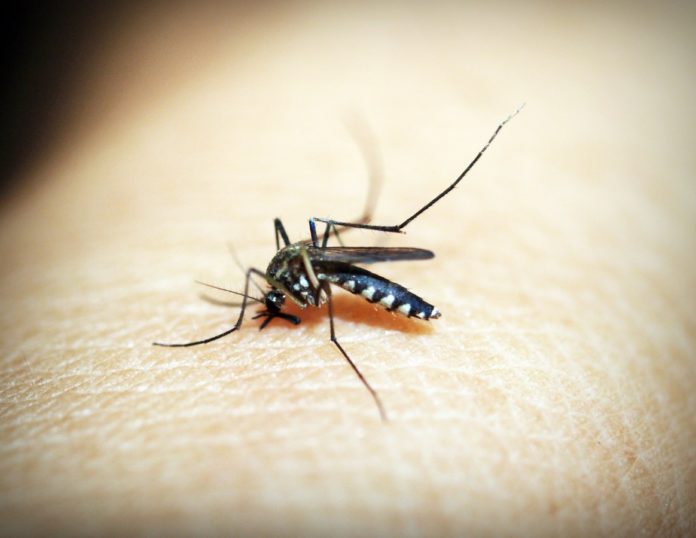Methylene blue is a common laboratory reagent with known disinfectant properties but this is the first time it has been used against malaria
A common dye used in aquariums as a disinfectant is a safe antimalarial that kills malaria parasites within the body at an unprecedented rate. Within two days, patients are cured of the disease and no longer transmit the parasite if they are bitten again by a mosquito. This discovery was led by Radboud University Medical Center scientists. The results will be published in The Lancet Infectious Diseases.
India has the highest malaria burden in the world outside of sub-Saharan Africa. According to the National Vector Borne Disease Control Programme in 2017, 840838 cases of malaria were detected in the country. What is more alarming is the fact that the World Malaria Report 2017 said that India’s surveillance mechanism detects just 8% of malaria cases. The report said: ” “Among 55 countries where the burden of malaria was estimated — from either adjustment of the routine data or the transformation of prevalence to incidence — the proportion of estimated cases reported by surveillance systems was lowest in Gabon (8 per cent) and highest in the Bolivarian Republic of Venezuela (84 per cent). Countries with weak malaria surveillance systems include India and Nigeria, two major contributors to the global burden of malaria, with 8 per cent and 16 per cent of cases, respectively, detected by the surveillance system.”
The dye is safe and was tolerated well by patients. There is however just one awkward side effect: “I have used it myself, and it turns your urine bright blue. This is something that we need to solve, because it could stop people from using it.”
With malaria parasites increasingly becoming resistant to currently used artemisinin-based combination therapies, the hunt is currently on for better drugs not just in terms of effectiveness in reducing the disease but also to contain its spread. Malaria spreads when a mosquito bites an infected person, and carries the parasite to its next victim.
In the new study in Mali, researchers added methylene blue to the artemisinin-based combination therapy. Methylene blue is a blue dye that is used in laboratories to distinguish dead cells from living cells. Adding the dye to the antimalaria medicine ensured that patients no longer infected other mosquitos, within as little as 48 hours. Patients who were not given methylene blue were able to infect for at least a week. Researcher Teun Bousema (Radboudumc) coordinated the study which was conducted together with the University of California (UCSF) and the Malaria Research and Training Center (MRTC). Bousema: “We noted that the male parasites disappeared from the bloodstream more quickly than the female parasites.”
Blue Urine
Encouraged by the promising results of laboratory experiments, Bousema’s team has investigated for the first time the effect of methylene blue on the spread of malaria amongst humans. Bousema: “Methylene blue is very promising, because it can prevent the spread of malaria within such a short time following treatment. There are also indications that methylene blue also works well in species that are resistant to certain medicines.” The dye is safe and was tolerated well by patients. There is however just one awkward side effect: “I have used it myself, and it turns your urine bright blue. This is something that we need to solve, because it could stop people from using it,” he says.


